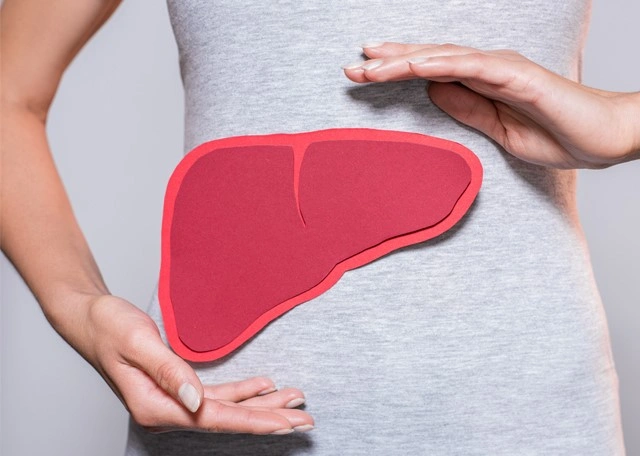
- Deutsch
- English
- 中文


A healthy person normally has about 4–5 g of iron in the body. In hemochromatosis, however, total iron levels can reach 20–80 g! For this reason, it is also called iron storage disease. Too much iron is absorbed through the intestine and deposited in various organs—especially the liver. This overload can eventually lead to severe organ damage. Because the liver is a central metabolic organ, regular detoxification and relief are especially important for hemochromatosis patients.
In hemochromatosis patients, iron deposits act like a cellular toxin in the liver. Even though therapy removes stored iron, the liver is still forced to process higher levels of iron. That is why caring for this vital organ is so crucial.
Detox programs can deliver remarkable results! Did you know the liver is one of the most regenerative organs? After injury or partial surgical removal, it can regrow tissue. Hemochromatosis research has even shown that cirrhosis can regress once the iron burden is reduced—an incredible finding, as cirrhosis was long considered incurable.
At the beginning of therapy, a heavy metal test is performed. Depending on results, detox infusions are administered twice weekly in combination with neural therapy.
Dr. Dorothea Schleicher-Brückl has developed a specialized liver detox program for hemochromatosis patients.
The program includes infusions to stimulate detoxification, neural
therapy over the liver segment to improve regulation and
circulation, and oral medication taken at home.
The program lasts three weeks, with oral treatment continuing for an
additional three weeks.
Ideally, detox should be performed twice a year to help the liver recover and regenerate.
For more information and articles on hemochromatosis, visit our section on Hemochromatosis Therapy.
November 18, 2020